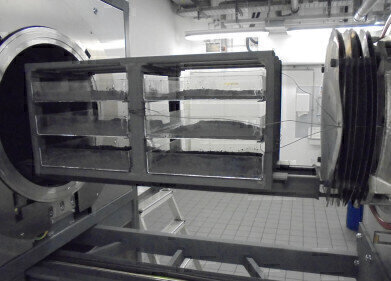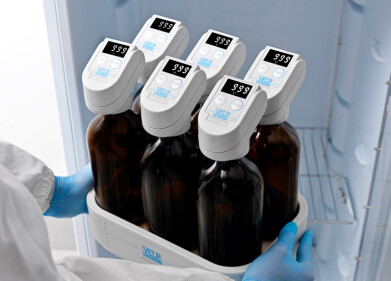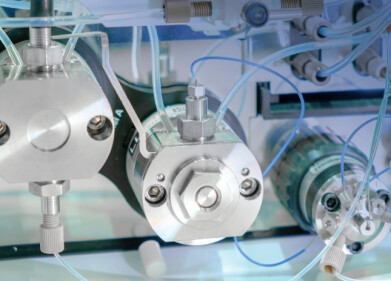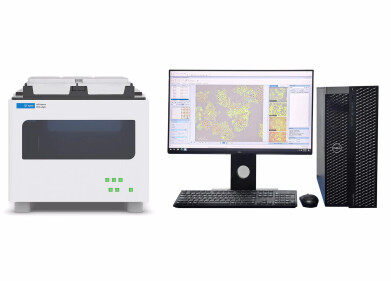Laboratory products
Furnaces for Synthesis, Debinding, Calcination & Drying in the Battery Sector
Apr 05 2022
The materials required to manufacture high-quality batteries must be pure and homogenous to enable the creation of a longer-lasting cell and an efficient power source. Ensuring the product is lightweight requires a good crystal structure and ensuring the right electrolyte is used will increase energy density and capacity of the battery.
The most common applications for Carbolite Gero’s furnaces and ovens in the battery sector include the synthesis of materials, graphitization, debinding, calcination, and drying of materials.
Almost all materials used in modern battery cells are created via specific processes. Graphitized carbon material typically presents with a highly disordered structural arrangement which becomes more ordered when heated up to 2000°C, with graphitization taking place between 2800°C and 3000 °C. Off-gassing and pyrolysis tend to take place from anywhere between 200°C and 900°C, with off-gases removed to maintain a safe and pure atmosphere.
Most of the weight removal during carbonization takes place at relatively low temperatures and Carbolite Gero of course offers hot wall systems that can facilitate this.
For laboratory-scale operations, small tube furnaces are a flexible, low-cost system, ideal for working with small amounts of material up to 1800°C.
Carbolite Gero also offers larger systems up to 1300 litres, such as the GLO furnace configured for pyrolysis work. These are very easy to clean and employ an afterburner to deal with clean-burning off-gases, leaving only water vapor and carbon dioxide as by-products of the process.
Graphitization requires a high-end, precision system such as an LHT & HTK GR furnace that can accommodate off-gassing and residual elements. Featuring graphite felt insulation and graphite heating elements they can operate at up to 3000°C.
The development of global battery technology continues at pace. Massive giga-factories are coming onstream in 2022 and 2023, and there is a huge amount of research and pilot-plant production for the next generation of batteries taking place, particularly with silicon graphite composites as a component material; this involves introducing carbon into the furnace in the form of powdered or flaked graphite and carbon. This is then melted and pyrolyzed together with silicon to form a composite. The furnace uses a tray and direction system with crucibles made from quartz. The composite material is placed in the furnace and heat-treated under inert gas – the first heating step is around 300°C before the temperature is raised again up to around 600°C to start a pyrolysis step. Afterwards, off-gases are removed using an afterburner.
The main sintering process requires temperatures up to 1000°C to allow coating to take place. This can be achieved in a very small-scale furnace such as Carbolite Gero’s CWF.
Digital Edition
Lab Asia Dec 2025
December 2025
Chromatography Articles- Cutting-edge sample preparation tools help laboratories to stay ahead of the curveMass Spectrometry & Spectroscopy Articles- Unlocking the complexity of metabolomics: Pushi...
View all digital editions
Events
Jan 21 2026 Tokyo, Japan
Jan 28 2026 Tokyo, Japan
Jan 29 2026 New Delhi, India
Feb 07 2026 Boston, MA, USA
Asia Pharma Expo/Asia Lab Expo
Feb 12 2026 Dhaka, Bangladesh



















